How to receive money from Cash App
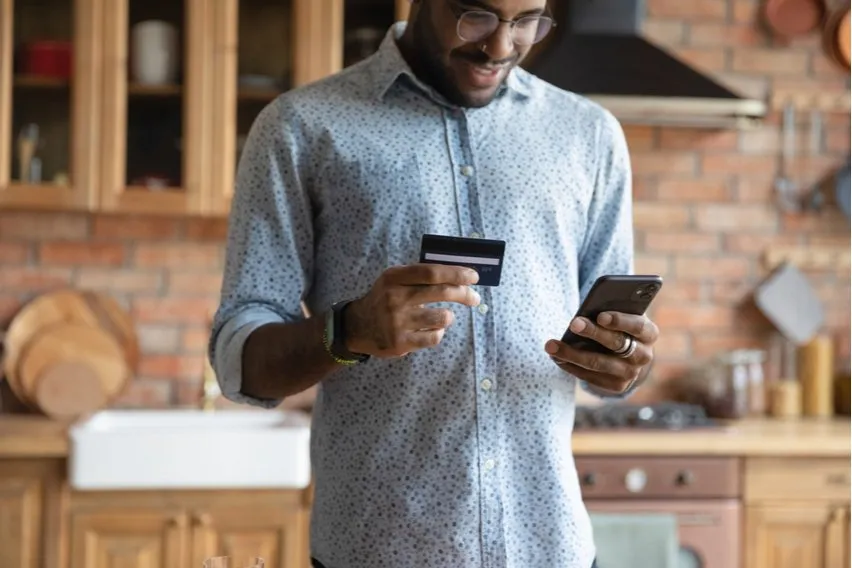
Sending and receiving money can be complex, but apps like Cash App simplify the process. With 36 million active users, Cash App is a popular mobile payment service allowing free, instant money transfers in the US and UK. Cash App is only available in these countries and cannot be used for international transfers outside the US and the UK. Cash App is developed by Block, Inc., a leading financial technology company. To use Cash App, users need to create a Cash App account and generate their unique “$cashtag” to easily send or request money.
To receive money on Cash App, you generally open the app, input the desired amount, tap “Request,” and then enter the sender’s $cashtag, phone number, or email, with an option to add a note. Once sent, funds appear in your Cash App balance, ready for deposit to a linked bank account or for other uses. There are two main ways to get money: by requesting it or approving a payment sent by someone else. Remember to link your bank account to access your funds.
Key takeaways
- Cash App offers a quick and easy way to send and request money
- You can use Cash App to request money, accept payments, and withdraw money to your bank account
- Standard Cash App transactions are free and take 1-3 business days
- Instant transactions have a small fee and arrive in seconds
- Cash App also lets you invest in stocks and buy and sell cryptocurrencies
- Download Cash App to access all its features, including payments, investing, and Bitcoin trading
- Sending and receiving money can be done in just a few taps
Table of contents
Requesting money
The first way to receive money is to request it from another user.
To do this, you need to choose a person, or people if you’re getting money from more than one person, to request money from. You can do this by manually entering their $cashtag, their email address, or their phone number. You can easily request money from friends and family using their $cashtag, phone number, or email.
There is also an option to add a customized note to remind them what it’s for. You can personalize it for your brand or customer.
You then request the money, and a notification goes through to their Cash App account asking them to complete the payment. Here’s an easy breakdown of the steps to send a request on Cash App:
- Open Cash App and enter the amount you’d like to request
- Hit the request button
- Enter the $cashtag, email, or phone number of the person you’re requesting money from
- Add an optional personal message
Note: Providing accurate details such as the correct $cashtag or phone number ensures a smooth transaction.
- Hit the request button again to complete the request
Once your request is accepted, you will receive funds directly into your Cash App balance.
Make the most of your Cash App by automating your transaction records.

Approving a payment
The second way to receive money is by approving a payment that somebody has sent to you.
If this is the first time you’ve received money from this person, you will have to approve the payment before it goes into your balance. But if you’ve received money from this person before, the money will automatically be added to your balance.
To accept a payment in Cash App, simply follow these steps:
- Open the payment
- Tap “Accept”
- A pop-up will appear asking you to confirm the payment
- Tap “Confirm”
- Tap “Done”
Cash App uses advanced security measures to protect your transactions when you approve payments, ensuring your financial information stays safe.
Cashing out
Once you have successfully requested or approved the payments, the money will be in your Cash App account.
One of the things that Cash App offers is a free debit card called a Cash Card. This Cash App card can be used as you would a normal card and can even be used at ATMs to take out cash.
Because of this, some users use their Cash App balance as a normal bank account, but others may prefer to simply use it as a payment tool and transfer the balance to their linked bank account.
You can do this by ‘cashing out.’ When you do this, it sends your Cash App balance as a direct deposit to your selected bank account.
When cashing out, you will be asked how you would like to deposit the money.
There are two options. Most people tend to choose the “Standard” method, where the money will take one to three days to appear in your bank account with no fees. But, if you need the money right away, Cash App allows you to choose the “Instant” option, also known as instant transfers, which incurs an additional 25-cent fee. You can follow these steps to cash out from your account:
- Go to your Cash App home page
- Tap the “Money” tab
- Tap “Cash out”
- Enter the amount you want to withdraw
- Choose standard or instant deposit speed
- Use your PIN or Touch ID to confirm
With Cash App, you can get paid quickly and access your funds almost immediately.
Benefits of Cash App
Cash App offers a quick and affordable way to send and request payments. It’s become one of the most popular peer-to-peer transfer services and delivers many benefits, including:
- A no-fee way to send and receive money
- The option to send a message with your payment or request
- Easy reimbursements
- Instant money transfers
- Stock investment without a commission
- Sending and receiving non-traditional currencies like Bitcoin
- Use for everyday purchases and earn cashback rewards on routine expenses like groceries, dining, and shopping
Summary
If you’re looking for an easy way to send and receive money, then Cash App may be your solution. Cash App offers a no-fee way to instantly transfer money, making it popular for personal use and small business transactions. You can use Cash App to send money to friends, family, or businesses with ease, and make purchases at various retailers using your Cash Card. The app also provides flexible pay options, including Afterpay, allowing you to pay over time without hidden fees. Cash App’s investing features let you buy stocks and Bitcoin, and make investments directly from your balance. It’s also a valuable tool for small business owners to accept payments and manage finances.
Using Cash App, you can send a request for money, accept payments online, and withdraw money from the app to your bank account. You can also add personal messages, invest in stocks without a commission, and transfer cryptocurrencies like Bitcoin.
Keep track of all your Cash App transactions with accounting software like FreshBooks. FreshBooks’ accounting and invoicing software allows you to track and manage your cash flow. You can also manage your time and track and expense your invoices, among many other things. Click here to get started.
As a business owner, it’s important for you to streamline your processes, as this allows you to spend more time doing what matters — growing your business!
Cash App uses data to personalize your experience, improve its services, and enhance your overall user experience.

FAQs about Cash App
How long does it take to receive money on Cash App?
Standard deposits are free and take 1-3 business days, while Instant deposits have a small fee and arrive within a few seconds.
Why can’t I receive money on Cash App?
If you can’t receive money on Cash App, it might be an issue with your bank not recognizing your account. To resolve this, contact your bank account and ask them to verify your Cash App account.
What happens when someone sends you money on Cash App?
When someone sends you money on Cash App, it becomes available on your account balance. You can then withdraw the money to your bank or keep it in the app to send to others.
What is the Cash App fee for $100?
A Standard Cash App transaction would have no fee to send or receive $100. If you choose an Instant transaction, there is a small percentage fee, or a 3% fee if you use a credit card to send the money.
Can you send or receive money on Cash App without a card?
You don’t need a card to send or receive money on Cash App. All you need is an email or phone number. However, without a card, you will be restricted in the amount you can send.
Reviewed by
Adam Brown is a CPA with a decade of experience in the field. He is the founder of Vanguard CPA, where he helps small business owners tackle their tax and accounting needs. Adam holds a Diploma in Accounting from The University of British Columbia. In his free time you’ll find Adam cheering for the Seattle Seahawks and exploring the beautiful Pacific Northwest.
RELATED ARTICLES


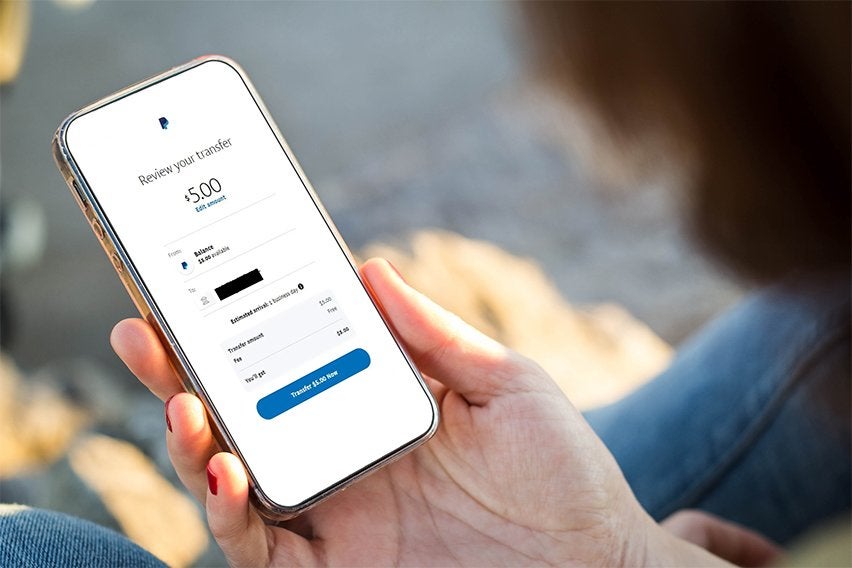 How to Receive Money on PayPal? Small Business Guide
How to Receive Money on PayPal? Small Business Guide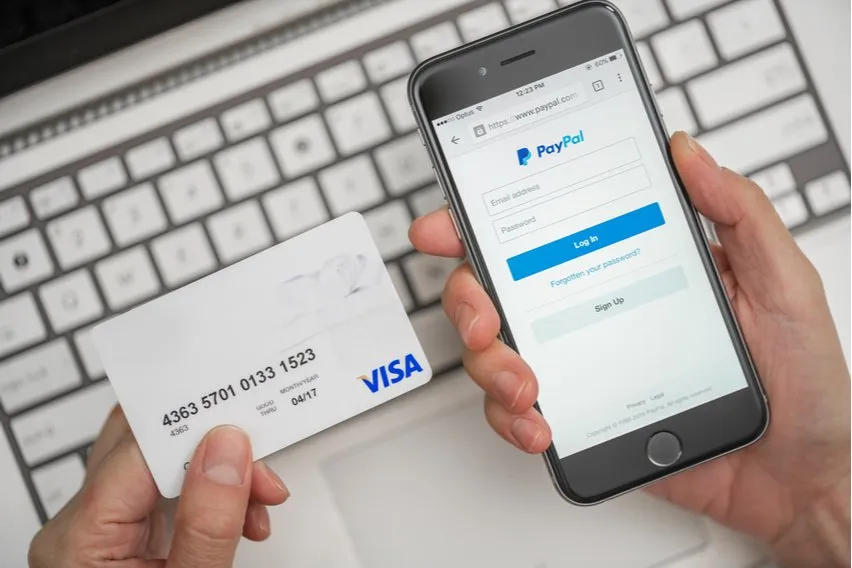 Does PayPal Charge a Fee? Know-How to Reduce Fees on PayPal
Does PayPal Charge a Fee? Know-How to Reduce Fees on PayPal What is Payment Gateway?
What is Payment Gateway?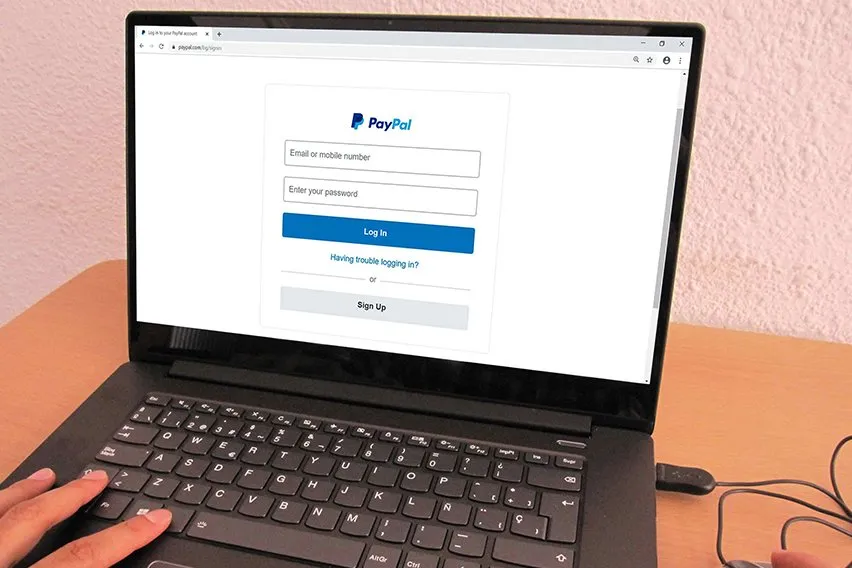 How to Delete a Paypal Account: 5 Simple Steps
How to Delete a Paypal Account: 5 Simple Steps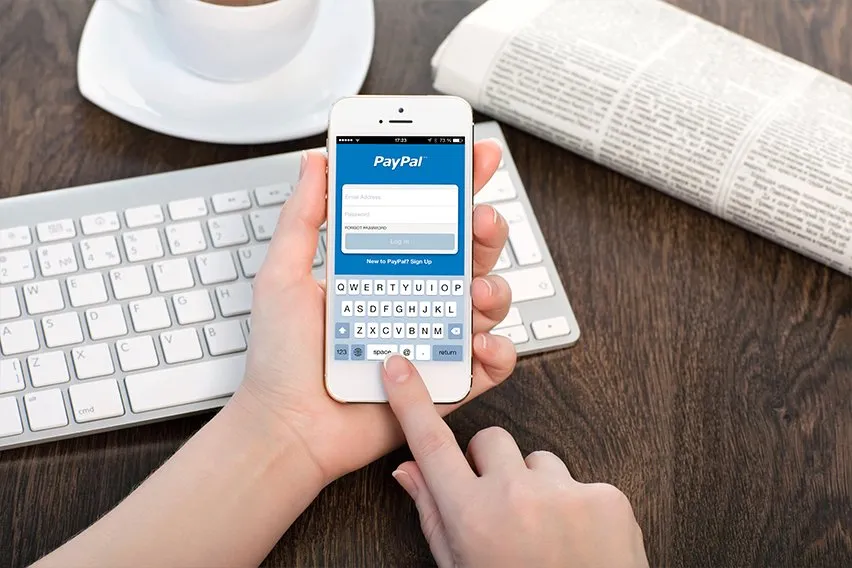 How to Set Up a PayPal Account: A Step By Step Guide
How to Set Up a PayPal Account: A Step By Step Guide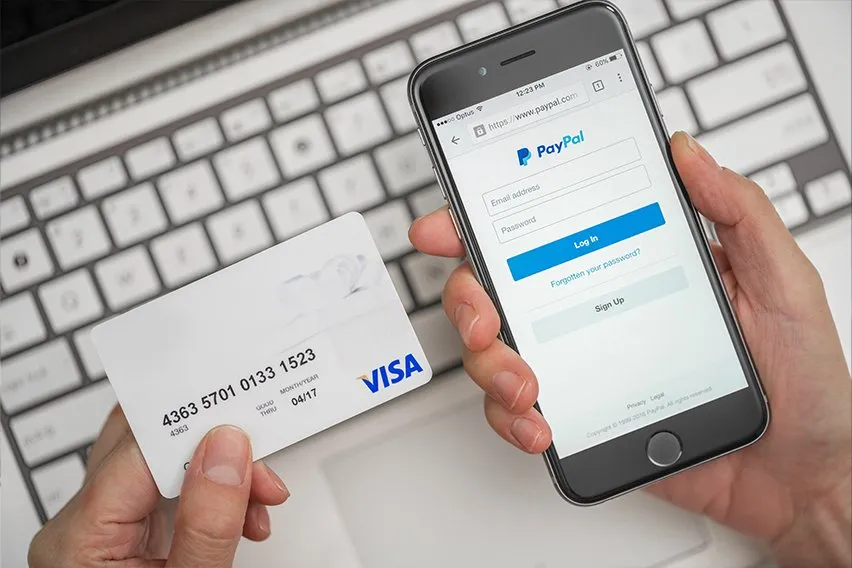 What is PayPal and How Does it Work?
What is PayPal and How Does it Work?